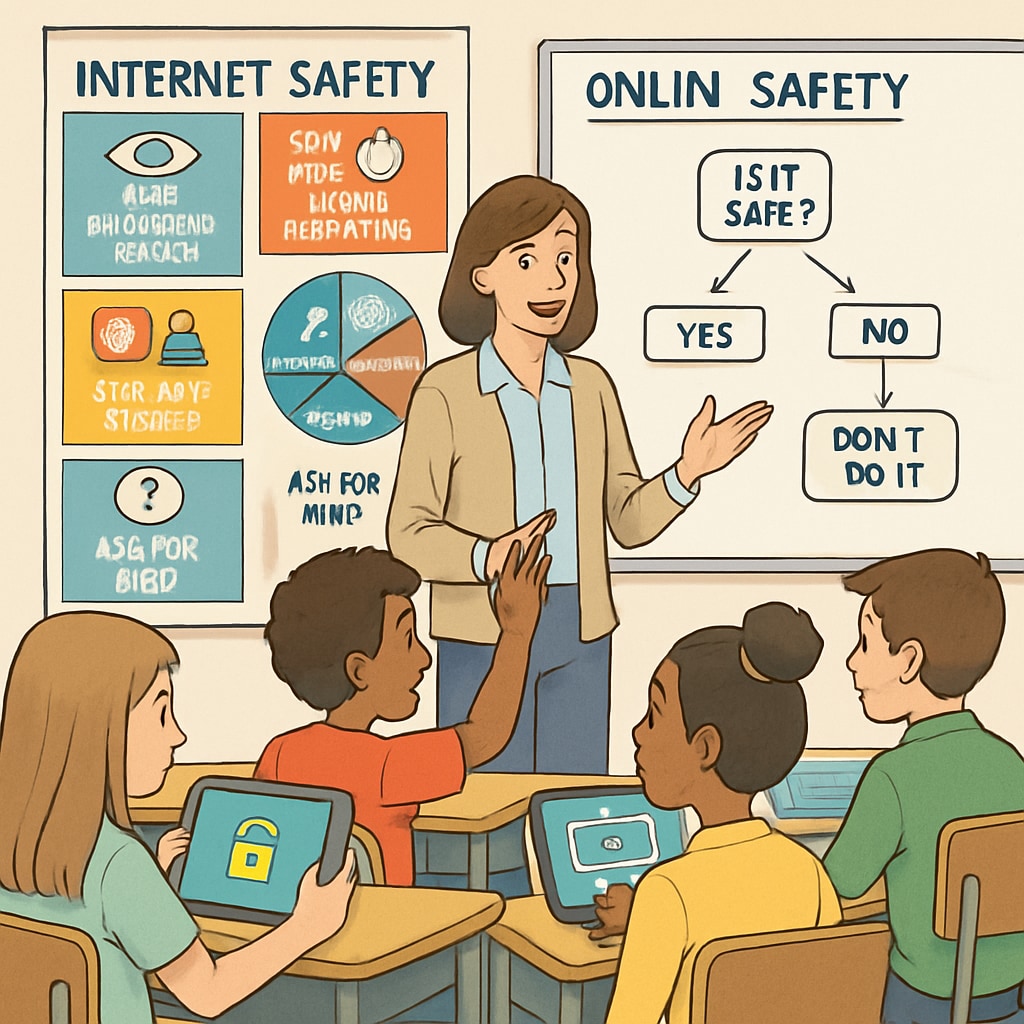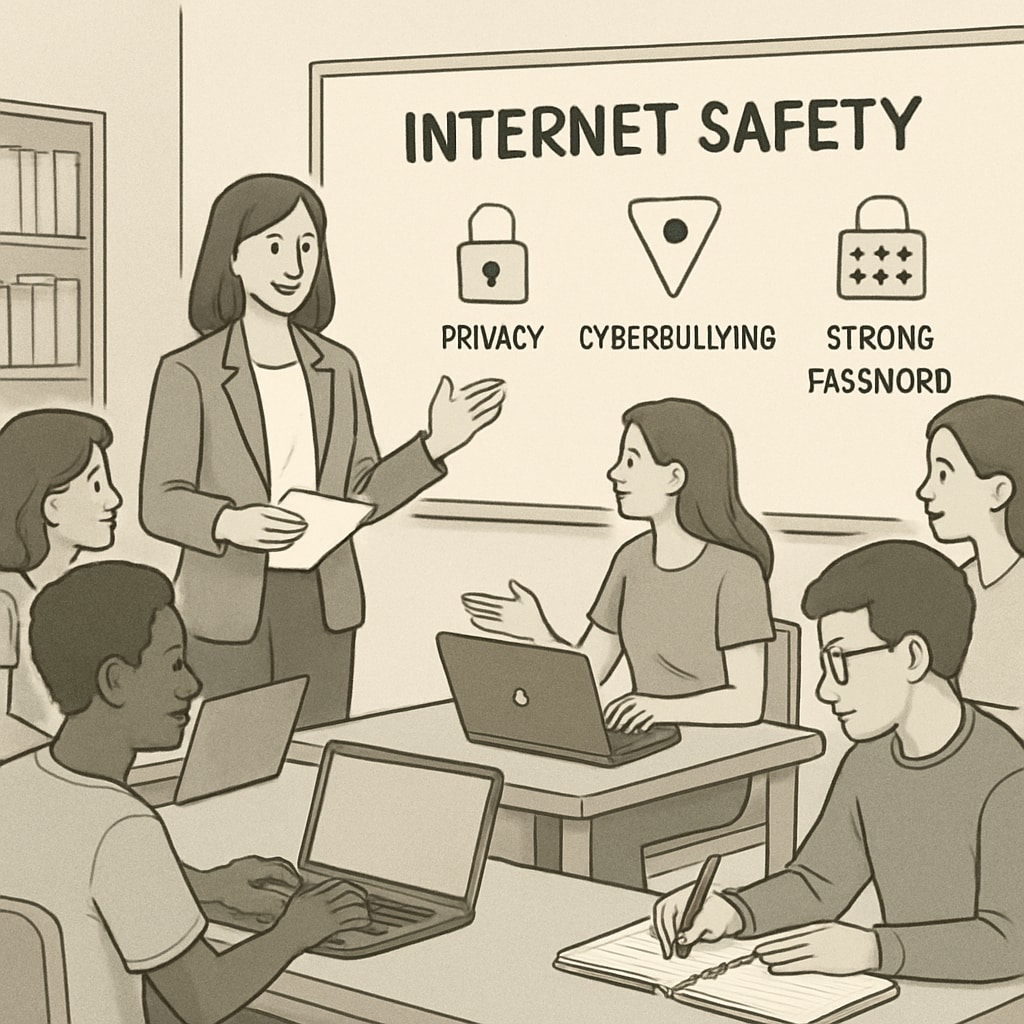The introduction of age verification laws in the UK has triggered a significant rise in VPN (Virtual Private Network) usage, as citizens seek to bypass restrictions on adult content access. While this trend underscores the challenges of regulating internet usage, it also highlights a growing concern for educators: how can K12 schools equip students with the skills and understanding needed to navigate the digital world responsibly? As schools face the challenge of preparing students for an increasingly complex online environment, prioritizing digital citizenship education has never been more essential.
Why Age Verification Laws and VPN Usage Matter
Age verification laws in the UK aim to restrict access to adult content by ensuring users meet minimum age requirements. However, these restrictions have inadvertently prompted many individuals, including minors, to explore VPNs as a workaround. VPNs allow users to mask their location and bypass content filters, raising concerns about exposure to inappropriate materials and potential misuse. The situation underscores the urgent need for schools to address not only internet safety but also ethical and legal considerations in online behavior.

The Role of K12 Schools in Digital Citizenship Education
Digital citizenship refers to the ability to use technology and the internet responsibly, safely, and ethically. Schools play a pivotal role in instilling these values in students from an early age. To address the challenges posed by VPN usage and unrestricted internet access, K12 institutions must develop comprehensive programs that focus on key areas such as:
- Internet Safety: Teaching students how to recognize and avoid online risks, including cyberbullying, scams, and inappropriate content.
- Legal Awareness: Educating students about the consequences of bypassing age verification systems and other unlawful online activities.
- Ethical Use: Encouraging respect for privacy, intellectual property, and appropriate online conduct.
By integrating these topics into the curriculum, schools can empower students to make informed decisions and become responsible digital citizens.
Effective Strategies for Teaching Internet Responsibility
To foster a culture of responsible internet use, K12 schools can implement the following strategies:
- Age-Appropriate Learning Modules: Tailor lessons to suit different age groups, ensuring younger students understand basic online safety while older students explore complex topics like data privacy and cybersecurity.
- Interactive Workshops: Use hands-on activities, such as role-playing scenarios and group discussions, to engage students and reinforce key concepts.
- Parental Involvement: Encourage parents to participate in workshops or receive newsletters that explain how they can support digital citizenship at home.
- Real-World Examples: Illustrate lessons with case studies or news stories, such as the rise in VPN usage due to the UK’s age verification laws, to make the content relatable.

Preparing Students for the Digital Future
As technology continues to evolve, so do the challenges of guiding young people toward responsible internet use. Schools must remain proactive by updating their curricula to address emerging trends and technologies, such as VPNs and encryption tools. Collaboration with policymakers, tech companies, and parents can further strengthen efforts to create a safe and ethical online environment for students.
Ultimately, the goal of digital citizenship education is not merely to enforce rules but to empower students to think critically and act responsibly in the digital age. By providing them with the tools and knowledge to navigate the internet safely, ethically, and legally, K12 schools can help shape the next generation of responsible digital citizens.
Readability guidance: Short paragraphs and lists improve readability. Each section uses clear transitions, such as “however” and “for example,” to connect ideas. Active voice is prioritized to ensure engaging and direct communication. Images are placed strategically to complement the text.


